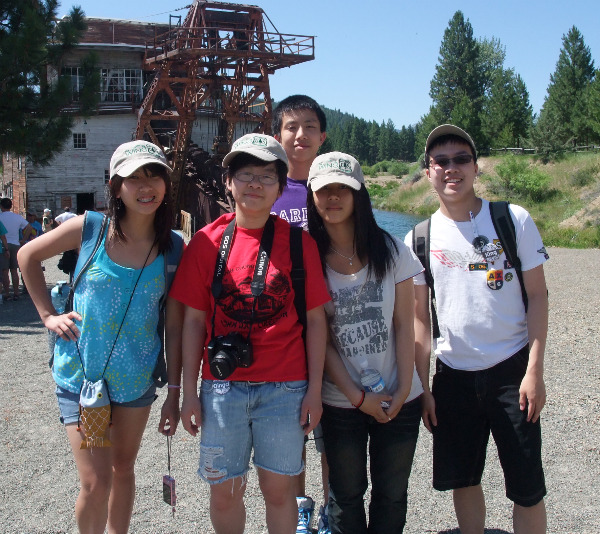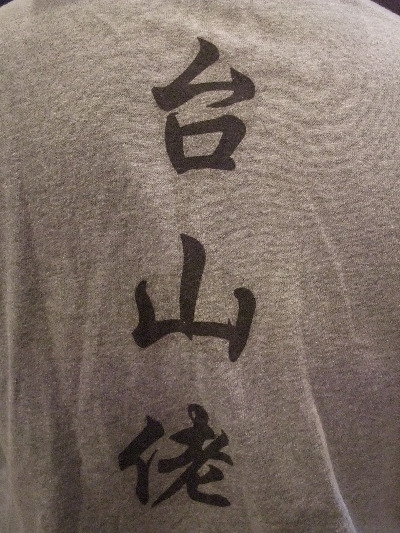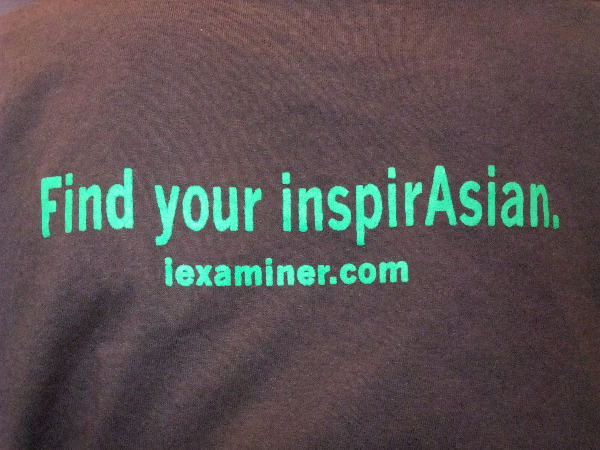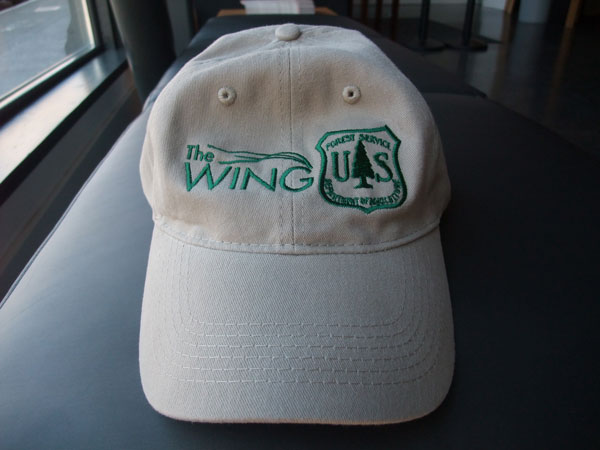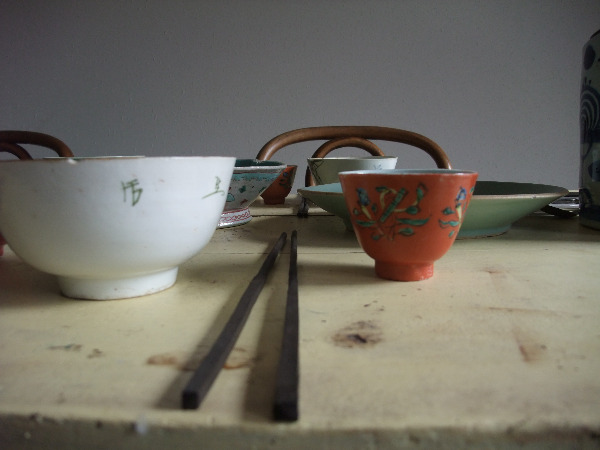
Members of the Chinese Heritage Tour started the Tuesday portions of the 2010 voyage by taking a guided tour of the Wing Luke Museum – including the boarding rooms and meeting area above the ground level.
The boarding rooms of the Freeman Hotel were a place where immigrants could stay before going to their next destination. Many Chinese immigrants would save their money and move to other areas in Seattle, such as Beacon Hill and Rainier Valley, when they could.
The Freeman Hotel also gave them a chance to be around those who spoke the Toisan dialect. The East Kong Yick Building – The Wing’s home – also has a community meeting room on the top floor.


